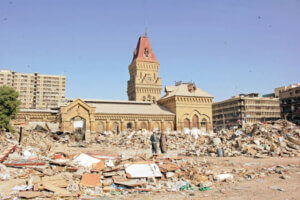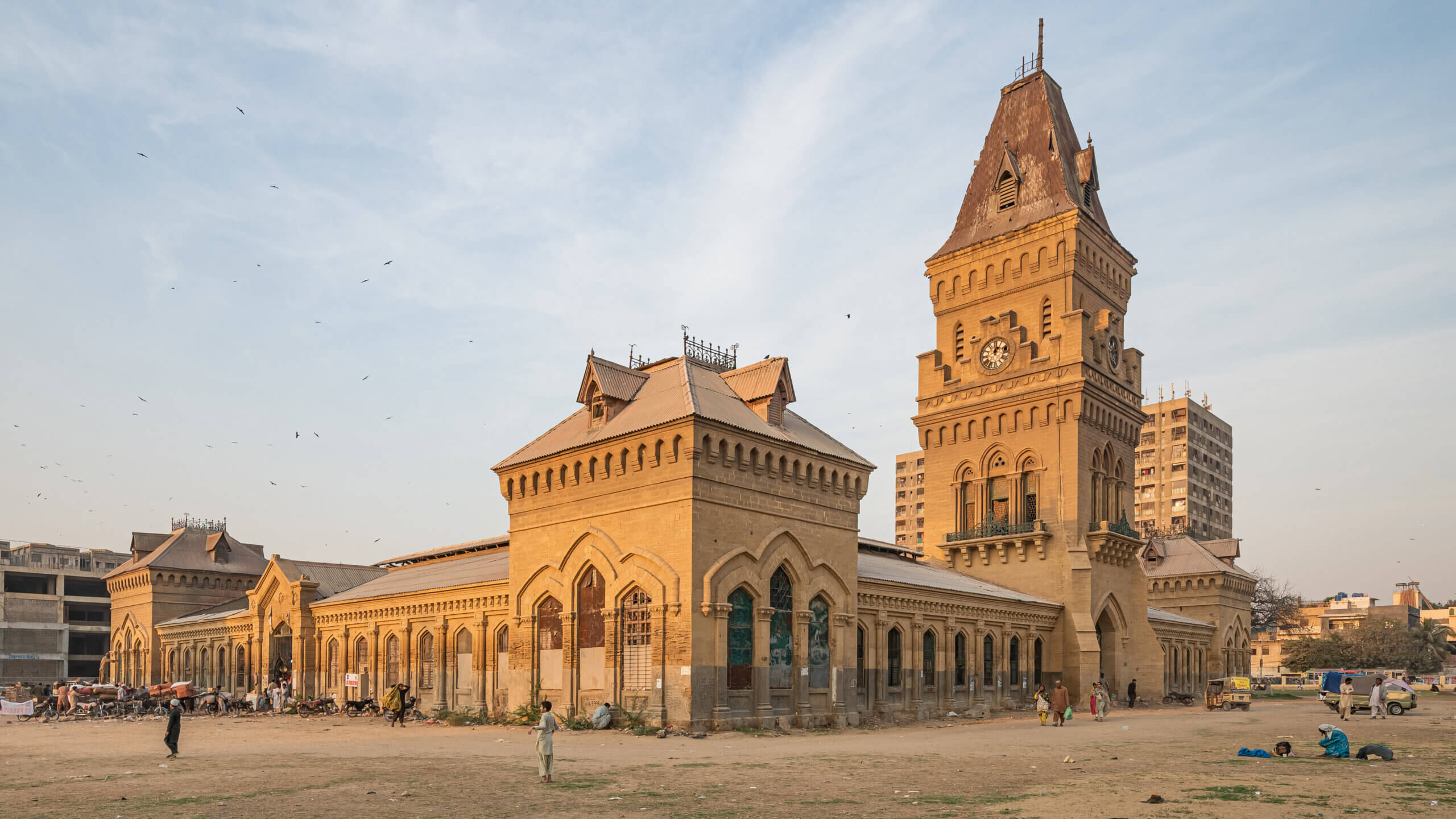The Story of Empress Market Karachi: Past and Present
In the heart of Saddar, Karachi, stands one of the megacity’s most iconic and enduring milestones ** Empress Market **. With its towering Gothic timepiece palace and sprawling emporium lanes, Empress Market is further than just a shopping center. It’s a living gallery, a relic of British social rule, and a vibrant testament to Karachi’s ever- evolving artistic, political, and profitable geography.
This composition explores the ** fascinating story of Empress Market **, from its ** social roots ** to its ** contemporary significance ** — and the challenges it faces in the 21st century.
🕰️ social Origins erected to Commemorate an Conglomerate
Empress Market was constructed between 1884 and 1889, during the height of British rule in the Indian key. The request was named after Queen Victoria, who was placarded the Empress of India in 1877.
📍 position & Purpose
The British chose the position strategically — right in the heart of Saddar, the central business quarter of Karachi. The idea was not just to make a request but to produce a symbol of Homeric dominance and architectural superiority.
The point, still, has a darker history. According to literal accounts, it was the point where sepoys( Indian dogfaces) who had mutinied against British rule in 1857 were executed. The construction of the request at this position was emblematic an assertion of social control over a recalcitrant people.
🏛️ Architecture A Touch of puritanical majesty
Designed by James Strachan, the request exhibits a striking Gothic Revival architectural style with traces of Mughal rudiments. The central point is the assessing 140- bottom high timepiece palace, adjoined by turrets, polls, and refocused bends.
erected using original unheroic gravestone, the request spans a large quad with over 280 shops and booths, girdled by wide stoops, high ceilings, and arched entrances. It was as important about aesthetic appeal as it was about function.
🛒 A Bustling Bazaar Through the periods
Since its opening in the late 19th century, Empress Market snappily came Karachi’s marketable twinkle. For over a century, it remained one of the megacity’s most important centers for retail trade.
🥬 What You Could Buy
Traditionally, Empress Market vended
Fresh yield ( vegetables, fruits)
Meat and flesh
Dried goods and grains
Household particulars
Spices and sauces
Imported goods from China, Iran, and the Middle East
latterly, the request also came a mecca for pet stores, dealing everything from parrots to suckers, turtles, and fish.
🌍 Diversity of merchandisers
Empress Market reflected the ethnical and artistic diversity of Karachi. merchandisers came from all backgrounds Muhajirs, Sindhis, Balochis, Pathans, Memons, and indeed Parsis. This diversity created a melting pot of languages, cookeries, and traditions.
🧓 A Social Space
Further than just a request, Empress Market served as a social space where musketeers met, gossip flowed, and community ties were maintained. It came a routine stop for families, housewives, cookers, and eatery possessors.
⚖️ Decline and difficulties From Glory to Chaos
As Karachi grew fleetly in the 20th and 21st centuries, Empress Market started to struggle with neglect and overcrowding. The number of unauthorized merchandisers exploded, and the formerly- organized emporium began to helical into chaos.
🚫 Encroachments and Illegal Shops
By the early 2000s, hundreds of illegal shops and booths had sprung up around the request — on sidewalks, thoroughfares, and indeed the external façade of the structure. These encroachments not only blocked access and created traffic, but also hid the beauty of the structure’s major armature.

numerous of these merchandisers had operated there for decades, forming a resemblant frugality of livelihoods but with no regulation, sanitation, or structure.
😷 Health and Hygiene Issues
With so numerous merchandisers dealing meat, fish, and flesh in open- air conditions, hygiene and waste operation came serious problems. Poor drainage, foul smells, and lack of cleanliness dissuaded numerous implicit guests, pushing some shoppers toward ultramodern supermarkets.
🧹 Restoration and the 2018Anti-Encroachment Drive
In 2018, a Supreme Court order led to a large- scale anti-encroachment operation in and around Empress Market. Over 1,000 illegal shops were demolished, and hundreds of merchandisers were displaced.
🏗️ The thing Revive the request’s Original Glory
The move aimed to
- Restore the original social armature
- Clear public spaces and rambler walkways
- Reorganize and sanitize the request
- Promote tourism through heritage preservation
😢 The Counterreaction
While the operation revealed the structure’s major beauty, it came at a mortal cost. numerous merchandisers had been operating there for decades some for generations. The lack of a recuperation plan left numerous jobless and bitter. It sparked debates about civic planning, poverty, and preservation in a municipality like Karachi.
🌟 Empress Market Today A Work in Progress
Moment, Empress Market stands cleaner and further architecturally visible than it has been in decades. The timepiece palace rises proudly formerly again, and the request’s internal yards echo the majesty of a defunct period.
But the transition is far from complete.
🔧 Challenges
Low footfall due to rising prices and lack of availability
Stiff competition from promenades and online grocery apps
Civic neglect around Saddar — business, pollution, and safety enterprises
No formal sightseer structure or guided heritage tenures
✨ openings
- Transfigure Empress Market into a heritage and artistic tourism mecca.
- Introduce artisan requests, food thoroughfares, and artistic events.
- Unite with heritage conservation experts to maintain the structure.
- Offer affordable seller booths with ultramodern sanitation
🧭 Empress Market as a Cultural Icon
Despite its ups and campo, Empress Market continues to be a symbol of Karachi’s adaptability. It represents
- The megacity’s colonizer history and independent identity.
- The sprightliness of original trade and entrepreneurship.
- The ongoing struggle between progress and preservation.
For artists, shutterbugs, chroniclers, and curious trippers, Empress Market remains a living storybook of Karachi.
📝 Final studies A Market Worth Saving
The story of Empress Market is not just about bricks, booths, or history books. It’s about the soul of a megacity that refuses to be forgotten.
As Karachi moves forward, it must decide what kind of civic identity it wants to make. Can Empress Market formerly again come a space that honors the once while embracing the future?
With proper planning, community involvement, and investment, this architectural gem could be converted into one of South Asia’s most dynamic and meaningful civic spaces.
Coming time you are in Karachi, step into Empress Market — not just to buy commodity, but to witness the story of a megacity, written in gravestone, spice, and spirit.

